Four Key Benefits of Operational Intelligence for Utilities
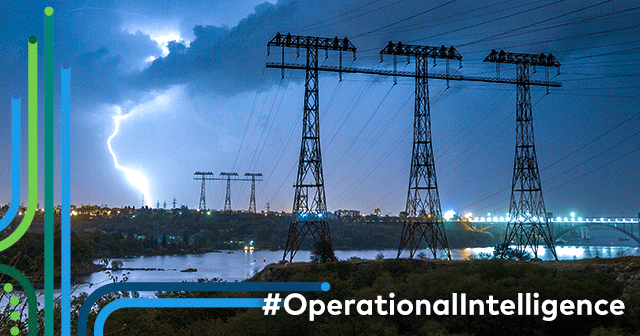
There is no question that Operational Intelligence is a valuable resource for organizations in all industries. However, for utilities, it can be especially beneficial. Many of the decisions made are time-sensitive, and by extension, so is the data needed to make those decisions.
That is why incident commanders and utility decision-makers need this next level of intelligence. Operational Intelligence provides real-time analytics blended with contextual insights for situational awareness around weather impacts — even before bad weather occurs.
The benefits of Operational Intelligence for utilities
Here are four ways that Operational Intelligence can help utilities position themselves to better prepare for and respond to today’s dynamic conditions.
1. Faster decision-making
Traditionally, data from multiple sources are siloed. They must be manually combined and entered into an operating system to gain a holistic assessment of the environment. These business processes are time-consuming, and can also lead to conclusions based on outdated information.
Automating the collecting, synthesizing, and delivering of relevant data from disparate data sources provides valuable insights into all potential impacts. This empowers decision-makers to act swiftly and confidently to act rather than waiting for manual data entry to be complete.
This integrated approach also brings one source of truth, instead of relying on experience or multiple subjective viewpoints. It takes the guesswork out of which source is correct and delivers maximum insights based on trusted data that all stakeholders can see and take action.
2. Improved reputation management
Utility customers expect reliable service and quick resolution of power outages. Those expectations do not waver in severe storm situations. When power restoration takes longer than expected, customers may become vocal about their dissatisfaction, including amplifying their complaints on social media. But for utilities that integrated advanced technology to help them with severe weather prediction and response reported a 39% improved customer satisfaction, according to a DTN utility report.
Utility customers expect reliable service and quick resolution of power outages. Those expectations do not waver in severe storm situations.
These real-time insights could extend to customers. In the age of instant information, today’s customers want updated reports on the current situation, what actions are being deployed, and how long to expect the power outage to last. With blended data and utility-driven insights, support staff can provide clear, intelligent responses to queries and service requests.
3. Enhanced performance-based ratings
In addition to a growing number of state regulators enacting fines against utilities for extended outages, performance-based regulation (PBR) is gaining traction in the United States. PBR regulation compensates utilities for performance rather than the cost of service, with a top focus on reliability, emissions reductions, and cost control.
Real-time insights blended with tailored industry risks provide the Operational Intelligence that a utility needs to decide when and where to position crews or ask for mutual assistance.
Considering that losses related to extreme weather events will increase by 23% for U.S. utility companies by 2050, according to a McKinsey report, dynamic information about potential weather impacts on the infrastructure and service areas is critical. Real-time insights blended with tailored industry risks provide the Operational Intelligence that a utility needs to decide when and where to position crews or ask for mutual assistance.
4. Better resource efficiency and safety
Resources in the utility industry are constantly in flux, especially when a large weather event impacts multiple service areas or regions. Operational Intelligence helps maximize human resources, position response crews accordingly, and request mutual assistance efficiently.
Obtaining mutual aid is competitive. More real-time information about challenges, conditions, and the actions necessary to restore power can help prepare a utility to right-size assistance requests.
Once mutual assistance is secured, crew safety and efficiency are vital. With Operational Intelligence, a utility can track crew progress, provide customers with real-time restoration information, and help keep response teams safe from continuing or evolving weather conditions.
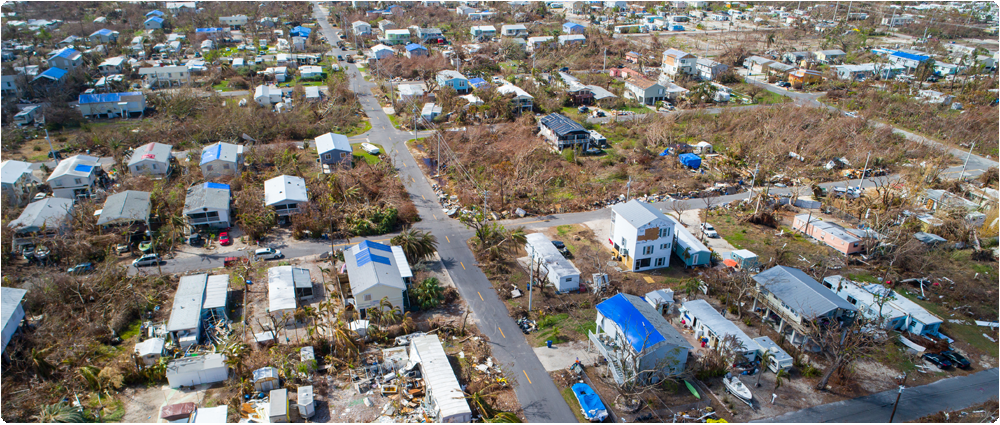
Extreme weather events will increase by 23% for U.S. utility companies by 2050.
Making the most of Operational Intelligence with DTN Storm Risk
In today’s industry, it is vital to move beyond simply looking at a weather forecast to accurately anticipating the impacts on customers and operations. Power outages can damage critical infrastructure, as well as a utility’s reputation. By having real-time data, including evolving weather conditions, the incident commander can see potential outages before they happen and take steps to mitigate the damage.
The DTN Storm Risk suite of solutions provides actionable insights for utilities of sizes. From machine learning and outage prediction to customer-defined weather risks, these solutions blend real-time weather information to deliver Operational Intelligence that constantly updates as the situation evolves. DTN Risk Communicators are also available to provide meteorological guidance to optimize decision-making in the moment.
Research and news events point to an increasing impact of weather events, regulatory initiatives, and a greater share of customer voice. Operational Intelligence can help electric utilities better prepare for the future by providing a higher level of actionable insights today.
See how DTN Storm Risk uses Operational Intelligence.








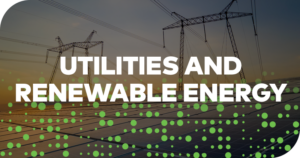
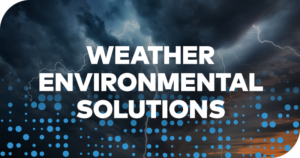

 Comprehensive weather insights help safeguard your operations and drive confident decisions to make everyday mining operations as safe and efficient as possible.
Comprehensive weather insights help safeguard your operations and drive confident decisions to make everyday mining operations as safe and efficient as possible.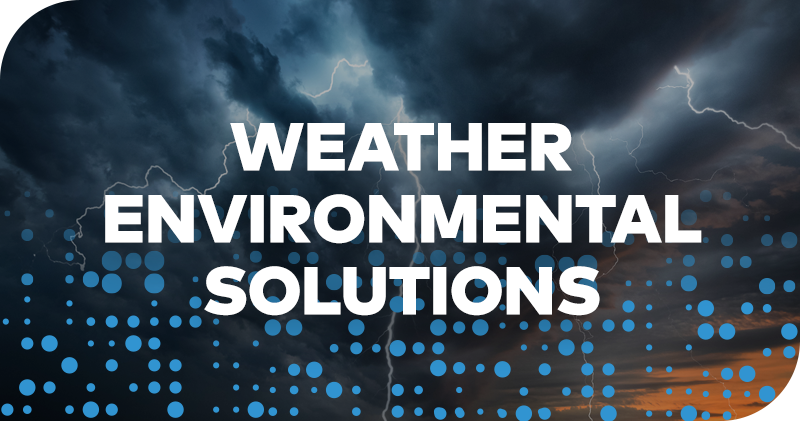 Learn how to optimize operations with credible weather and environmental intelligence. From aviation safety to environmental compliance, our comprehensive suite of solutions delivers real-time insights, advanced forecasting, and precise monitoring capabilities.
Learn how to optimize operations with credible weather and environmental intelligence. From aviation safety to environmental compliance, our comprehensive suite of solutions delivers real-time insights, advanced forecasting, and precise monitoring capabilities. 

